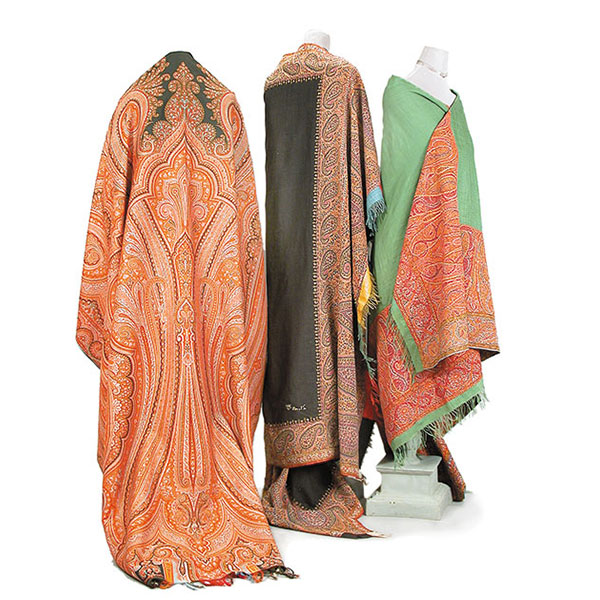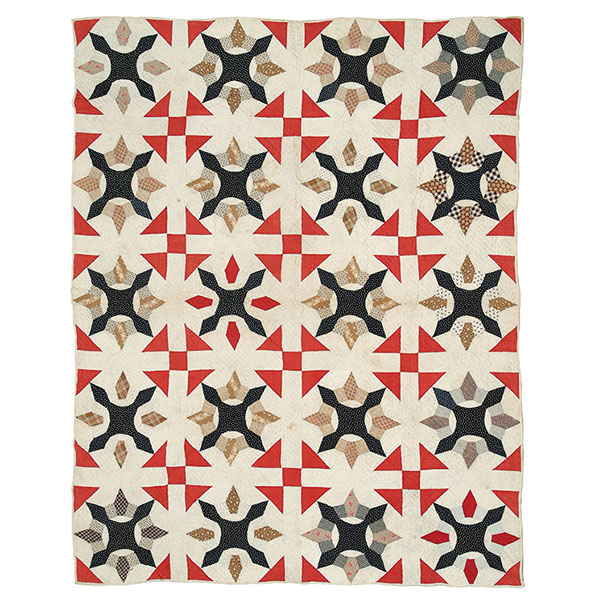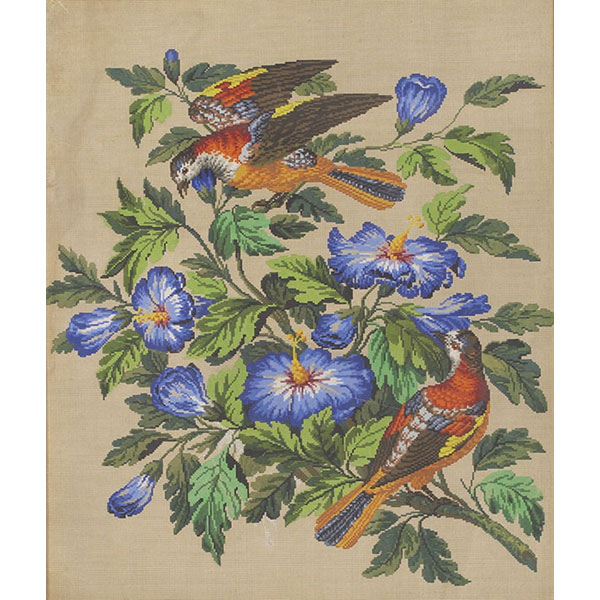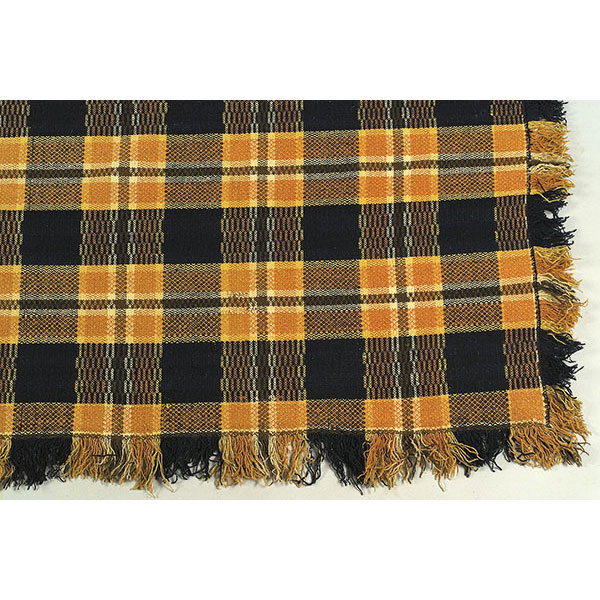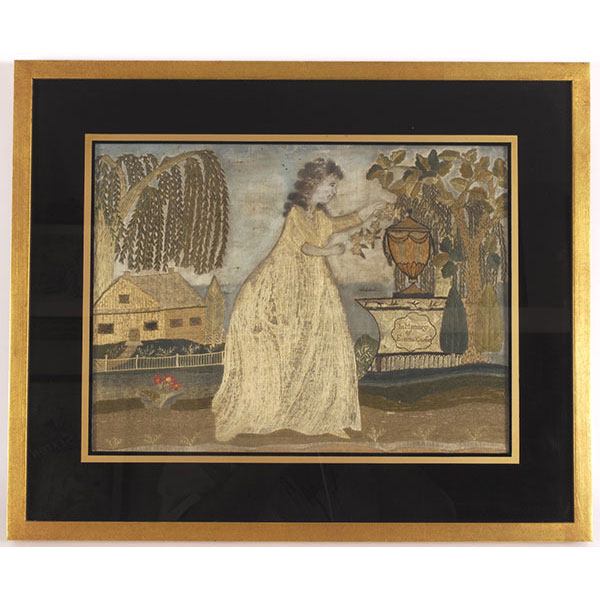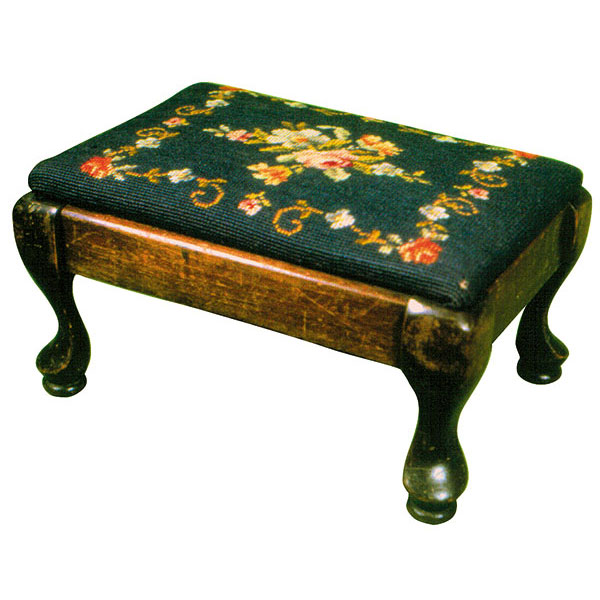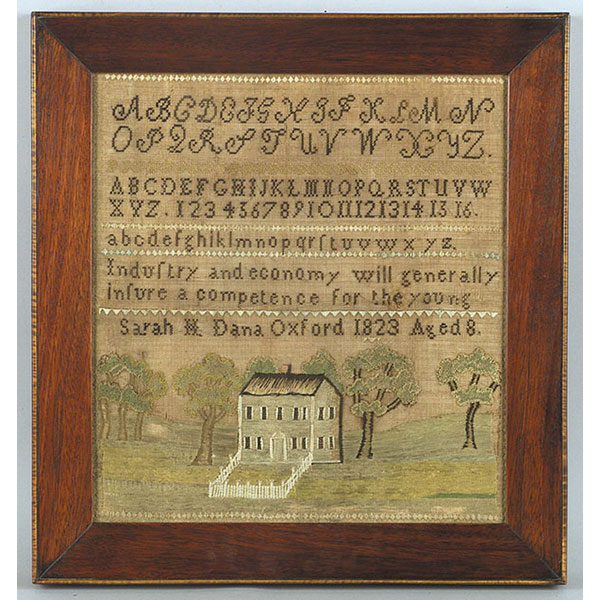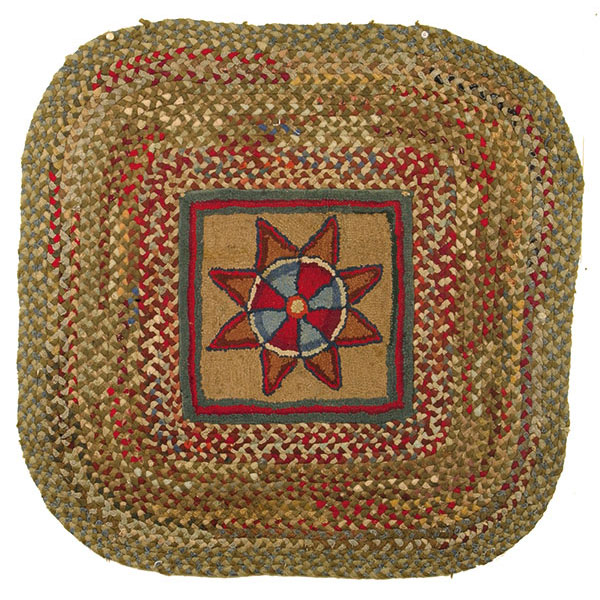Identification Guides
Textiles
If you want advice about textiles or embroidery, the best place to get it is from an expert—perhaps someone among your friends who knits sweaters, embroiders pillowcases, or needlepoints chair seats. Any experienced sewer can tell you if a piece of needlework is good or bad, simple or complicated.
There are dozens of types of textiles, and the same rules apply to all of them. Like many antiques, textiles are collected for their historical interest. But a textile is also wanted because of its fine workmanship or decorative use, or for some sentimental reason. Since the 1970s, there has been new interest among collectors in all types of women’s work, and any textile worked by hand or decorated with an interesting printed design is now valuable. Take your treasured quilt or rag rug to an expert who will tell you the truth about its maker’s ability as a needleworker. Keep the quilt or the rug even if it isn’t very good. After all, you own it because of the design or color or perhaps because the amateur needlewoman was Great-Aunt Helen and you are her namesake.
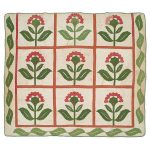
Photo: Brunk
The overall design of this nine-block applique quilt was popular in the mid-nineteenth century. This quilt was made with a border on only three sides.
